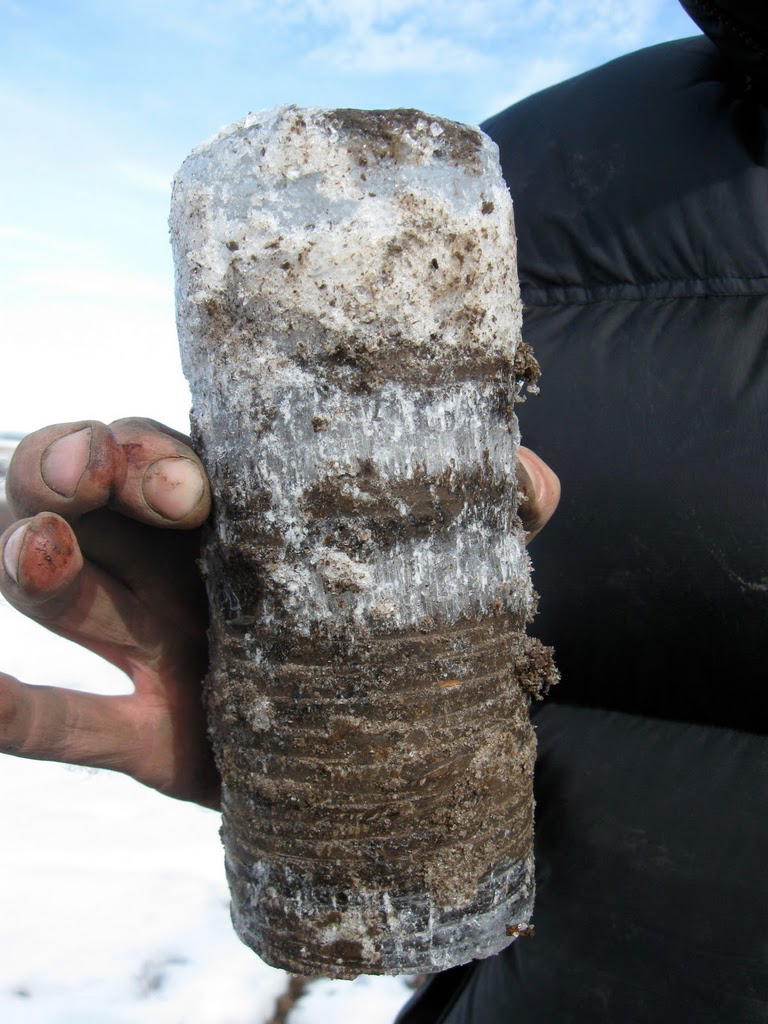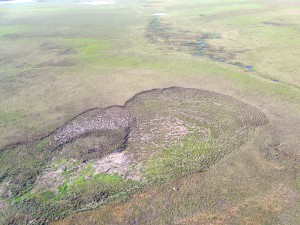UAF researcher co-author of international permafrost report
November 27, 2012
907-474-7902
11/27/12
Full UNEP news release
Read the UNEP report

University of Alaska Fairbanks researcher Vladimir Romanovsky is one of four scientists who authored a report released today in Doha, Qatar by the United Nations Environmental Programme.
The report, “Policy Implications of Warming Permafrost,” seeks to highlight the potential hazards of carbon dioxide and methane emissions from warming permafrost, which have not thus far been included in climate-prediction modeling. The report notes that permafrost covers almost a quarter of the northern hemisphere and contains 1,700 gigatonnes of carbon—twice that currently in the atmosphere—and could significantly amplify global warming should thawing accelerate as expected.
When permafrost thaws, previously frozen organic material begins to decompose, which releases carbon, in the form of methane and carbon dioxide, into the atmosphere. In some areas, permafrost forms a cap over gaseous methane deep underground. As that continuous permafrost cap thaws, it can develop holes that allow methane to vent into the atmosphere. Methane is important in the global climate picture because it is a potent greenhouse gas. It is more than 20 times more effective at trapping atmospheric heat than carbon dioxide.

Romanovsky is a permafrost researcher at the UAF Geophysical Institute. His recent work includes leading an effort to describe the thermal state of high-latitude permafrost as part of the International Polar Year. The work of the international team, which included Romanovsky, more than doubled the size of the previously existing permafrost monitoring network in the Arctic and subarctic.
ADDITIONAL CONTACTS: Vladimir Romanovsky, 907-474-7459 or veromanovsky@alaska.edu. Amy Hartley, GI information officer, at 907-474-5823 or amy.hartley@gi.alaska.edu.
ON THE WEB:
UNEP - http://www.unep.org/
NOTE TO EDITORS: Romanovsky is available for interviews after 4:30 p.m. USA eastern time.
To download additional photos and video clips, visit our FTP site at ftp://cinema.wfb.uaf.edu. Cutlines are available in the multimedia guide.
Username: uafnews
Password: multimedia
Folder: UAFmultimedia/UNEP_romanovsky
MG/11-27-12/135-13


